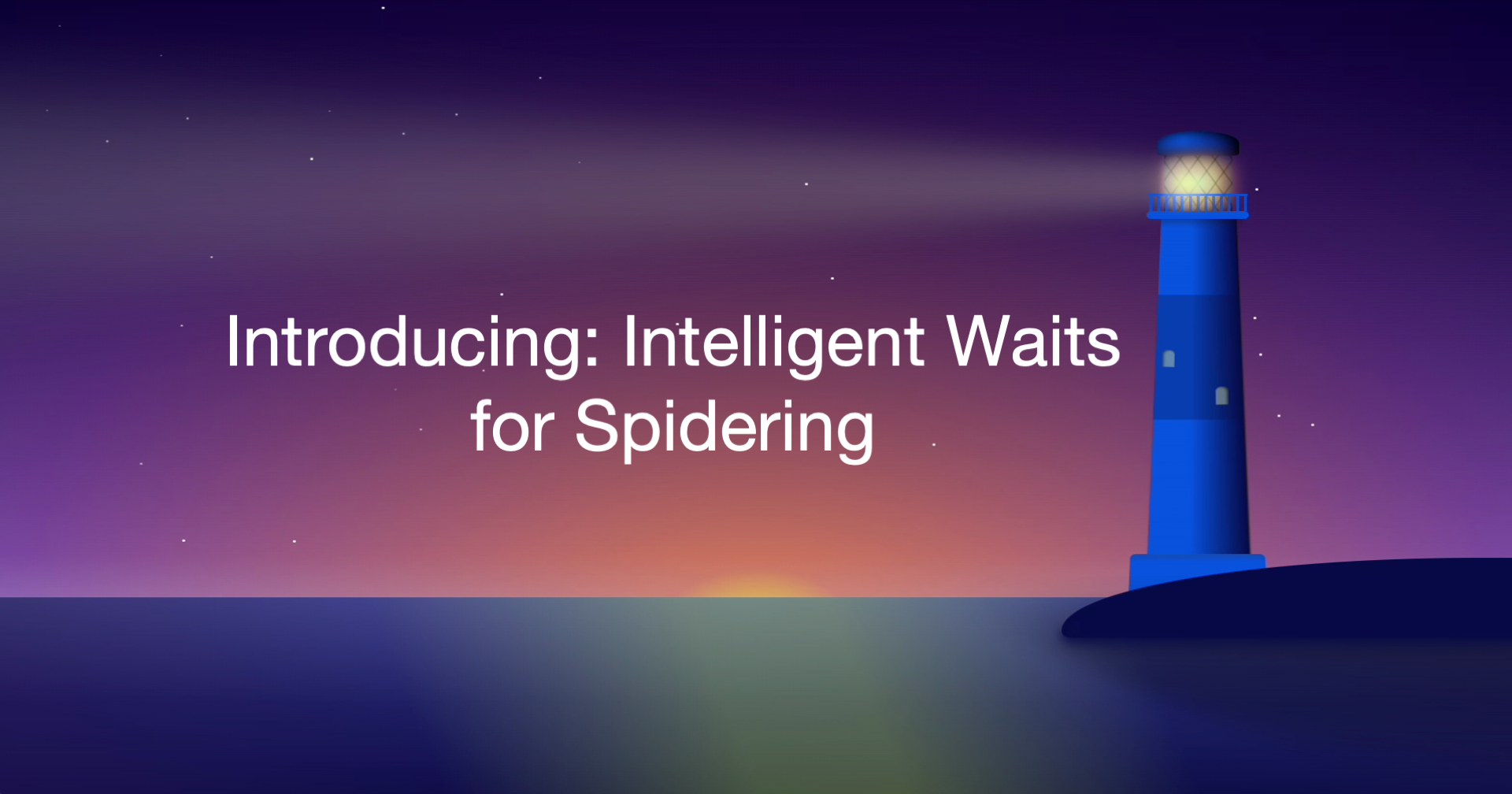Close the gaps legacy DAST leaves behind: automatic API discovery + code-traced exploit verification.
APIs drive your business, and they’re also where attackers are winning. Industry analyses have described APIs as the most frequent attack vector in modern apps, which makes any blind spot in your API testing program a direct business risk. If your DAST depends on a perfect OpenAPI file or a hand-curated Postman collection, you’re almost certainly missing endpoints.
The gap legacy DAST leaves
Most API DAST tools assume you’ll provide a clean, current API definition. In practice, teams juggle services, versions, and shadow endpoints that never made it into Swagger. Many scanners explicitly require or strongly recommend that you supply an OpenAPI spec or Postman collection to achieve coverage. That’s convenient for tooling, but risky for you.
When your tests are anchored to what’s documented instead of what’s implemented, you get:
- Coverage gaps: undocumented or stale endpoints never get tested.
- False confidence: green reports that reflect an incomplete map.
- Developer friction: writing and maintaining specs becomes a new task, not a fix.
Many solutions center testing on the OpenAPI definition, not on auto-discovering what actually exists in code. That’s fundamentally different from discovering the real attack surface first, then testing it.
Why crawler-based DAST breaks down on modern apps
Traditional DAST still assumes it can “crawl” its way to coverage. That model collapses in today’s stacks:
- SPA + API architectures: Real functionality lives behind JSON APIs that only appear after specific JS events. Crawlers miss flows that require multi-step UI actions, hidden components, or client-side routing.
- Auth that isn’t bot-friendly: SSO/SAML/OIDC, device fingerprints, CAPTCHAs, rotating CSRF tokens, and MFA all block generic crawling. Even if you script a login, tokens, scopes, and cookies expire mid-scan.
- Role- and state-driven UIs: Access differs by role, feature flags, tenant, and environment. Many vulns only surface after a precise sequence. Crawlers don’t reliably reproduce app state.
- Non-REST interfaces: GraphQL (often with introspection off), SSE/WebSockets, gRPC, and event-driven flows require crafted messages. Crawlers rarely exercise these correctly.
- Microservices & versioning: Dozens of services, per-tenant subdomains, region prefixes, and v1/v2/v3 routes explode the path space. A “full crawl” becomes impractically large.
The result is slow, brittle scans: hours (or days) to traverse UI states, frequent auth breakage, and a high ratio of “could be vulnerable” findings that aren’t reproducible. Teams throttle cadence to weekly or ad hoc, which makes results stale by the time developers see them. You get the worst of both worlds: limited coverage and delayed signal.
Use SAST where it’s strong
Static analysis shines at structural understanding of your code: routes, verbs, path params, auth middleware, validators, and typical request/response shapes. That makes SAST ideal for building a complete, implementation-accurate map of your API surface, even for undocumented or hidden endpoints.
Where SAST struggles is issuing verdicts. Without runtime context (framework sanitizers, feature flags, conditional code paths, upstream allowlists, DB constraints), static rules over-fire: template “XSS” that isn’t reachable, SSRF that’s blocked by an egress policy, or a path-join flagged before a later sanitizer. You burn cycles triaging false positives that never exploit.
NightVision uses SAST for discovery and DAST for proof. API eNVy statically enumerates real endpoints and generates OpenAPI that reflects your code; NightVision’s DAST then executes targeted, state-aware attacks against that ground truth and traces confirmed issues to the exact lines of code. You avoid crawler roulette, cut scan times to minutes, expand coverage to what’s actually implemented, and ship fixes faster, with dramatically less noise.
NightVision’s approach: discover → document → dynamically attack
NightVision flips the model. It starts with what you’ve actually built.
API eNVy: auto-discover and document your APIs from code
API eNVy performs static analysis on your code to discover APIs and generate accurate OpenAPI documentation automatically. No running app, no manual annotations required. It also surfaces undocumented endpoints that expand your testing coverage to match reality. That spec then feeds NightVision’s DAST so you test everything you actually expose, not just what you remembered to write down.
Next-gen DAST: simulate real exploits and trace findings back to code
NightVision’s dynamic testing simulates attacks to identify truly exploitable issues and traces findings back to the exact lines of code to accelerate remediation. The result: fewer noisy tickets, faster time-to-fix.
Built for CI/CD speed and developer workflows
Teams can run NightVision in pipelines and IDEs to get results in minutes, not hours, fitting naturally into pre-merge checks or nightly jobs. NightVision publicly emphasizes CI/CD-fit scan times (on the order of minutes) and provides a VS Code extension for developer-first workflows.
What you can do with API eNVy that typical DAST can’t
- Eliminate doc-drift risk by generating OpenAPI directly from source code. No running environment required.
- Uncover undocumented endpoints automatically, expanding the scope of what DAST can test.
- Create a living source of truth: auto-generated specs that stay aligned with implementation across services.
- Pipeline-ready: feed generated specs straight into DAST for comprehensive API testing on every change.
- Reduce MTTR: verified exploits are traced to code, so developers know exactly what to fix and where.
Instead of hoping your Postman/OpenAPI is complete, NightVision makes it complete, then attacks it, closing the classic DAST coverage gap.
.png)
Results you can expect
- Higher coverage of your real API attack surface, because discovery starts in code, not in docs.
- Fewer blind spots from shadow or stale endpoints.
- Actionable signal from exploit-focused DAST and code-level traceability.
- Faster feedback in CI/CD and the IDE to catch issues before production.
FAQs
Does NightVision replace OpenAPI entirely?
No. It generates OpenAPI from your code to keep definitions accurate and current, then uses that as input to DAST. You still benefit from good API design, but you’re not blocked by missing or stale docs.
How is this different from contract-driven API security platforms?
Contract-driven platforms test what the spec says. NightVision starts from what the code actually implements, documents it, and then dynamically attacks those endpoints. Catching real-world risk that spec-only workflows miss.
Will this slow down our builds?
NightVision emphasizes CI/CD-friendly runtimes and quick developer feedback (minutes), making it suitable for pre-merge or scheduled scans.
Start your free trial
Ready to see your actual API attack surface and fix what’s truly exploitable?
Start a free trial of API eNVy or schedule a NightVision demo today.
Schedule a NightVision Demo


.svg)




.svg)